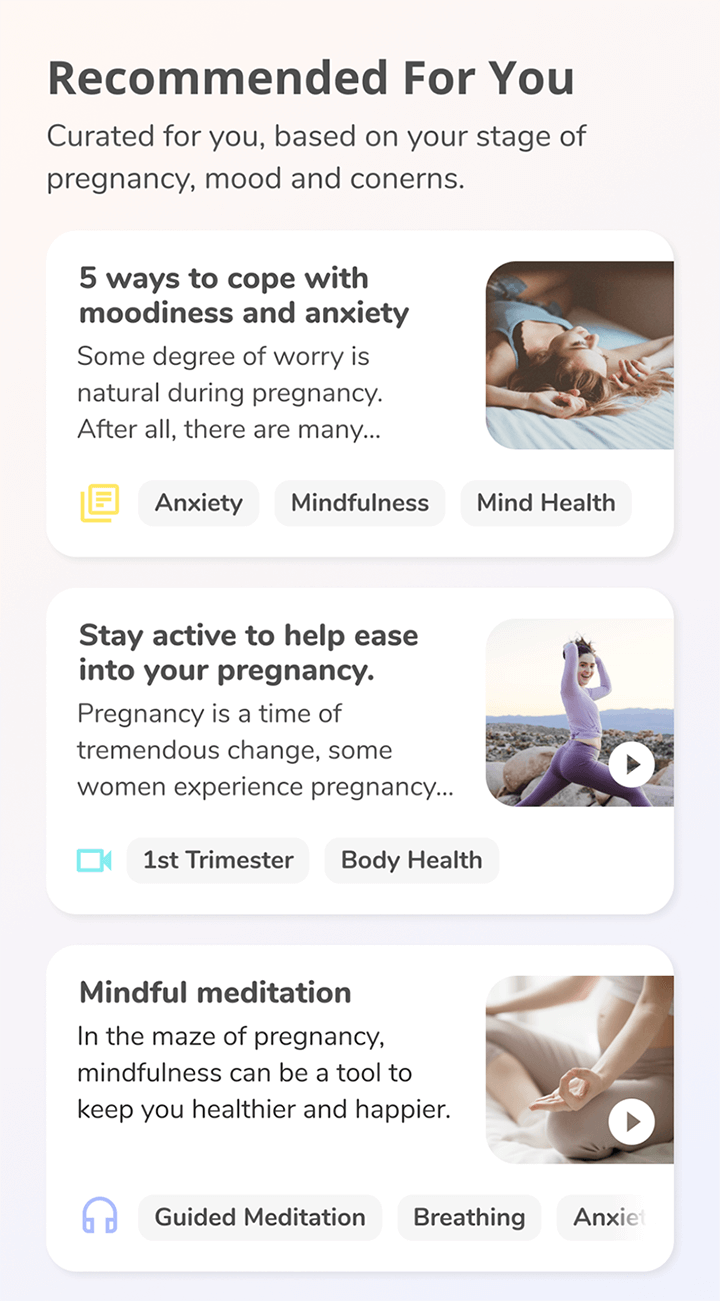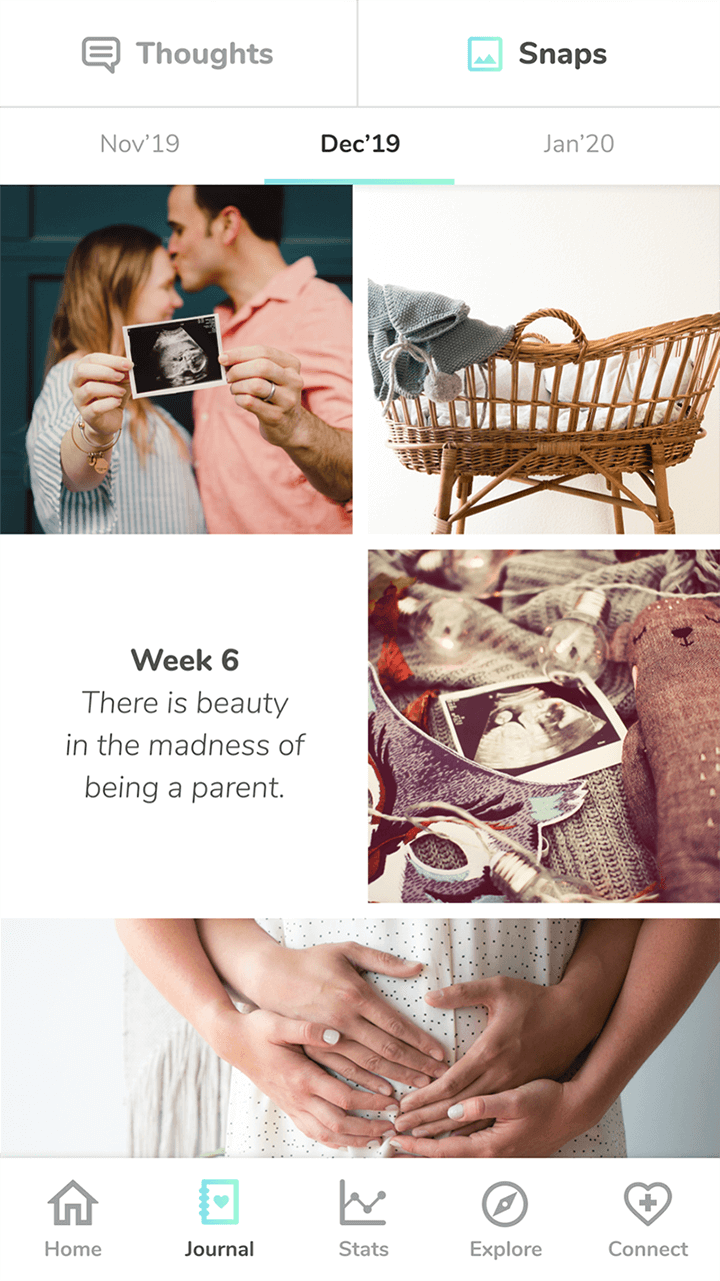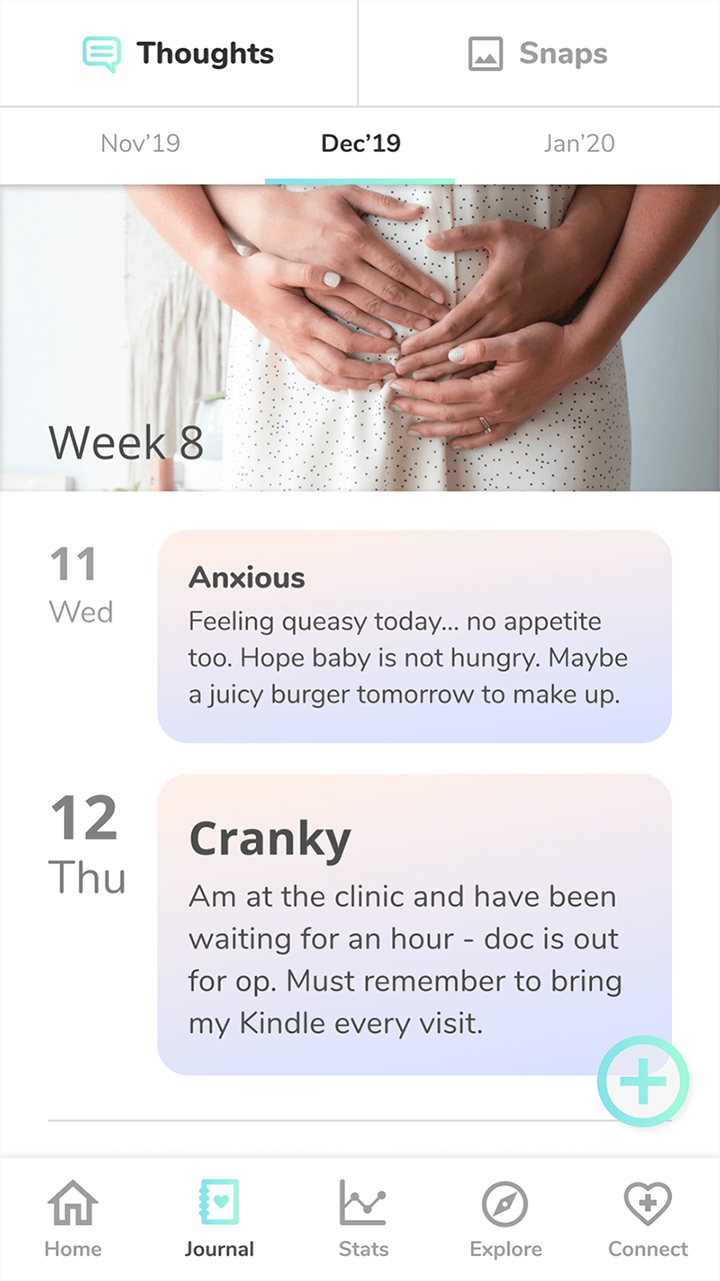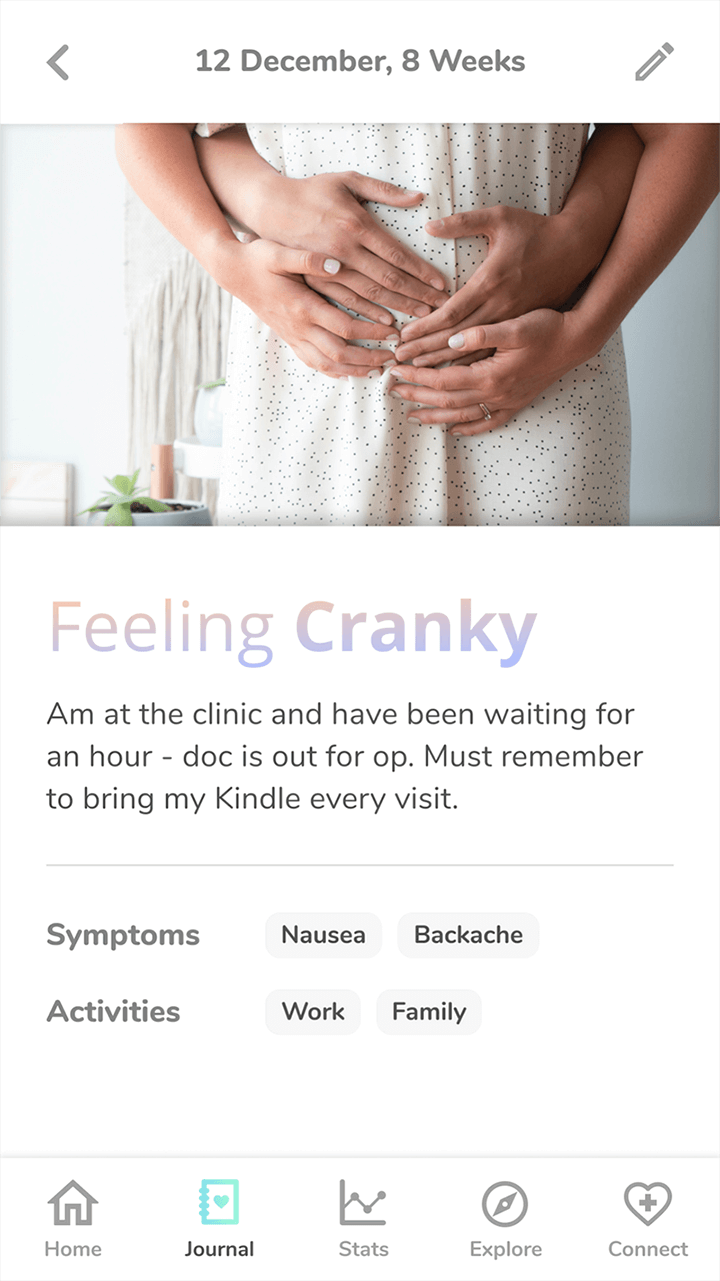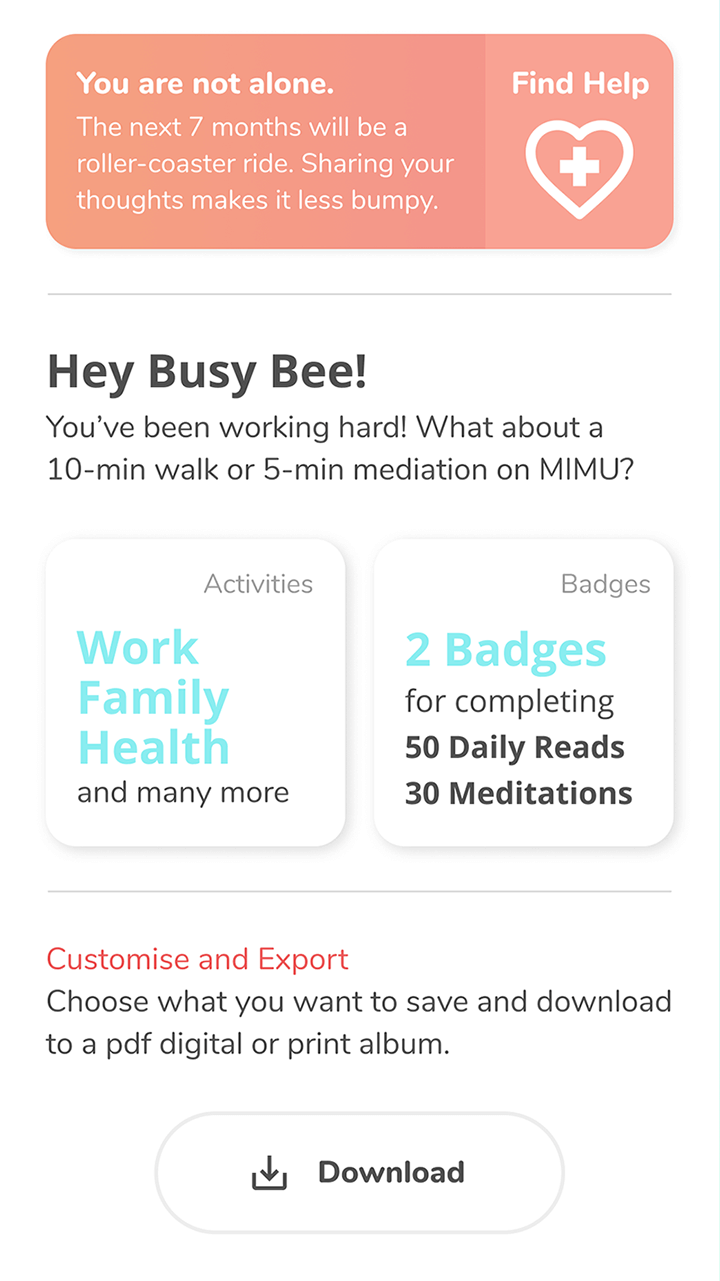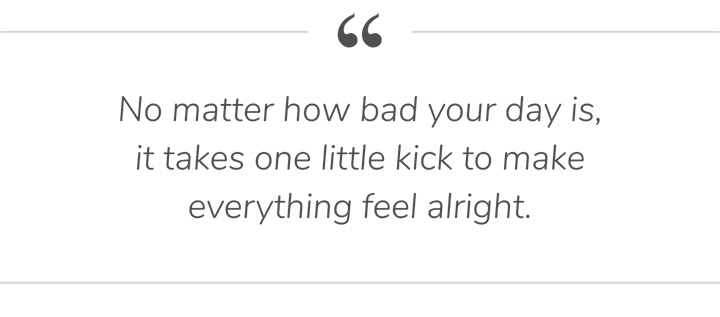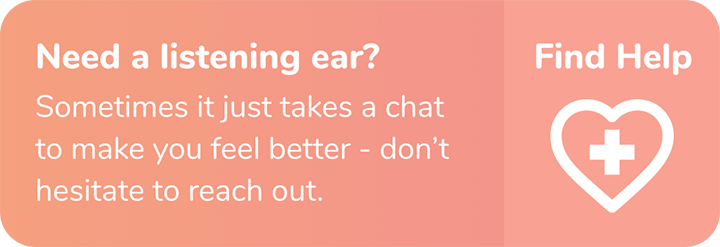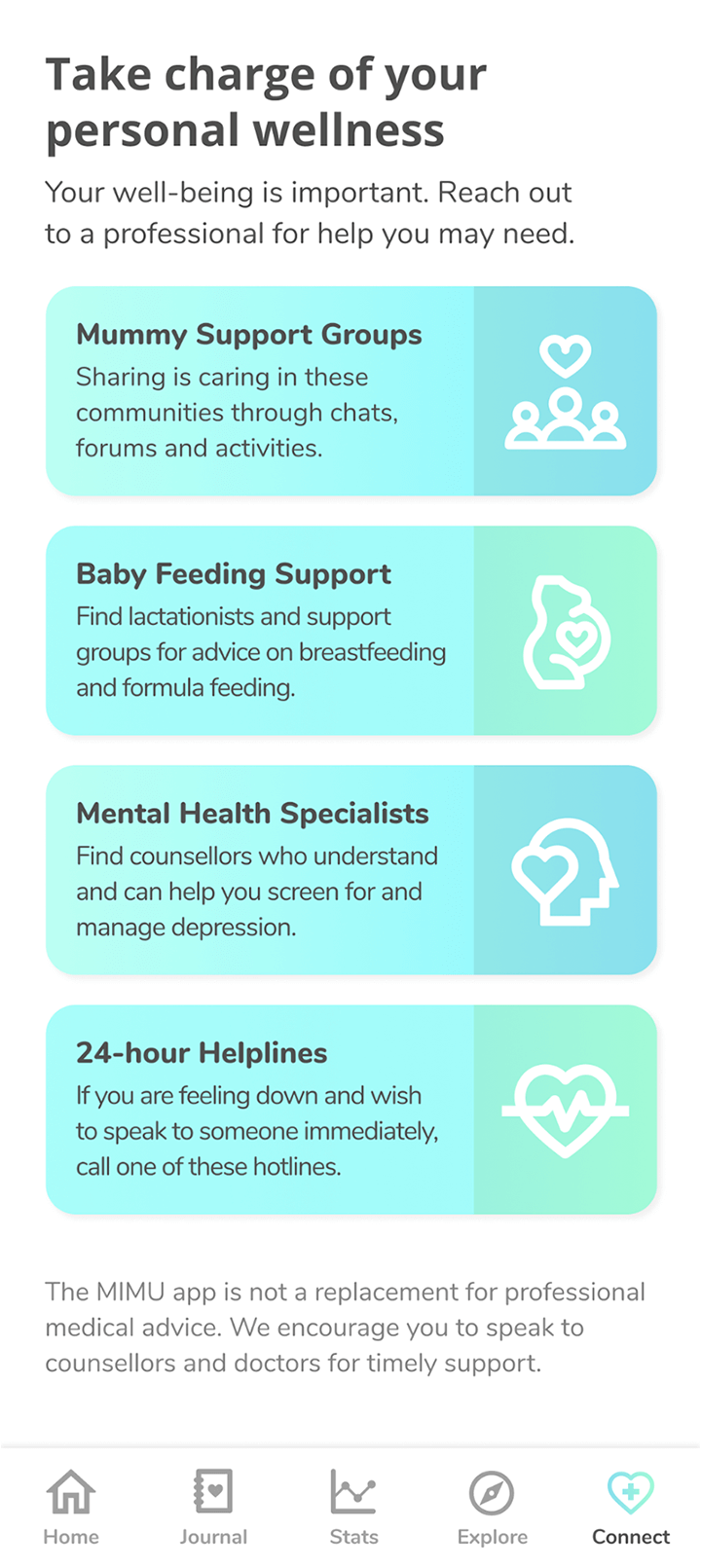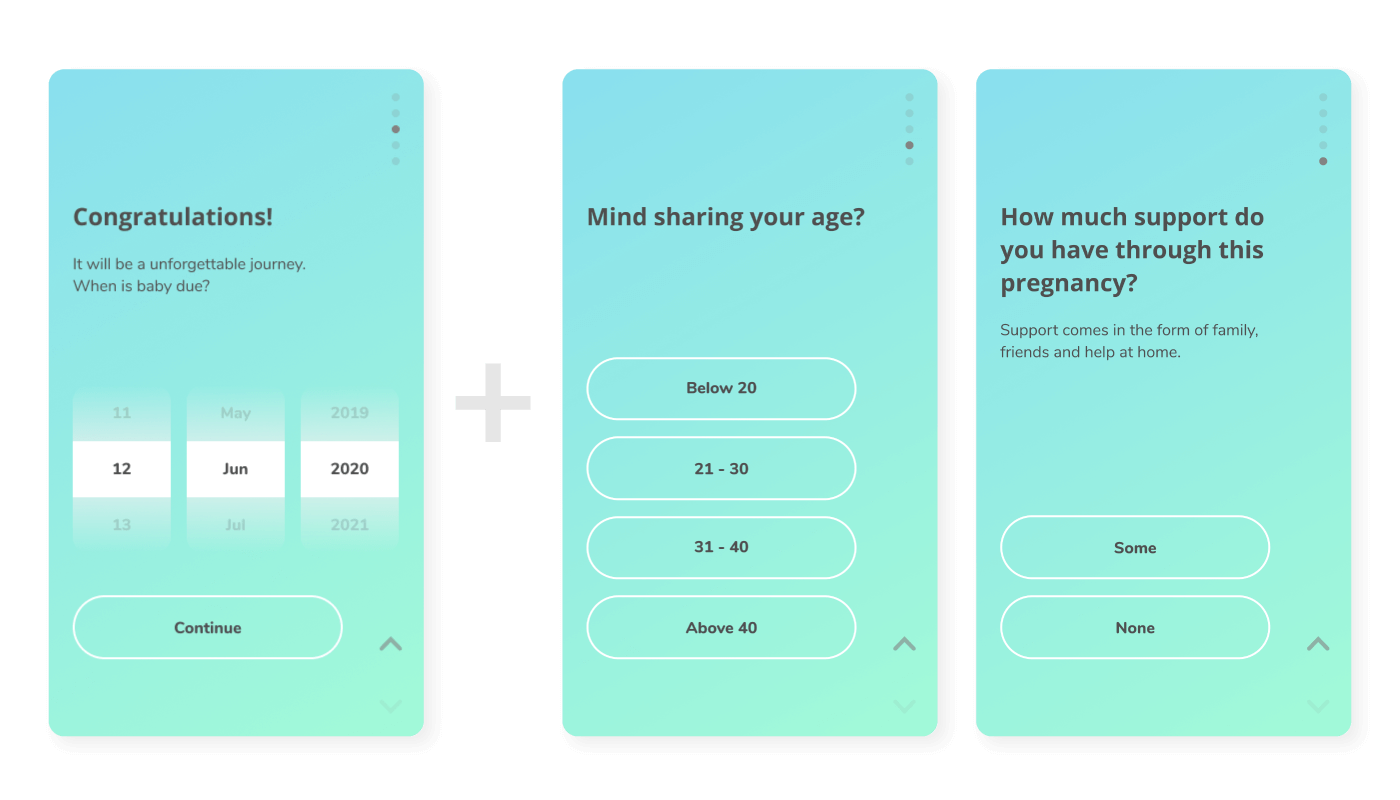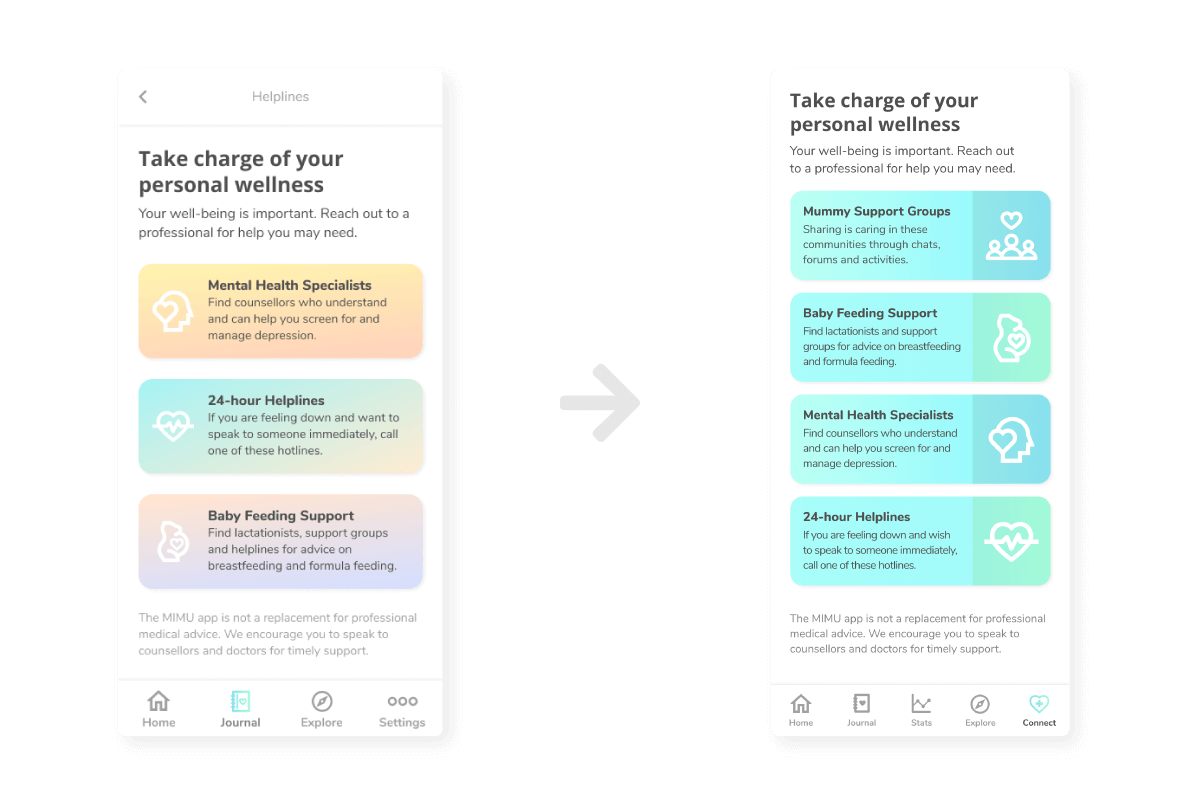User Insights
Mothers research heavily to learn about the well-being of their baby but place their personal discomforts as trivial.
In between heartfelt conversations with six expatriate and local mothers who were pregnant in the past year, we learnt that they are more concerned for their baby than themselves and did little to address negative moods during pregnancy.
First-time mothers need more guidance.
It is trying for first-time mothers who struggle to cope with pregnancy changes, thus succumbing to anxiety. Experienced mothers are more prepared to manage their well-being in subsequent pregnancies.
Extensive research to prepare for the pregnancy causes stress.
The vast online resources may paint a perfect picture of motherhood that is hard to achieve or offer conflicting views. It may overwhelm and trigger unnecessary stress for mothers.
Empathy and support helped push them on.
Many turn to their partners, family and friends to wade through periods of low moods. They feel supported when paediatricians are attentive and emphatic to them. Connecting with mothers alike also helps.

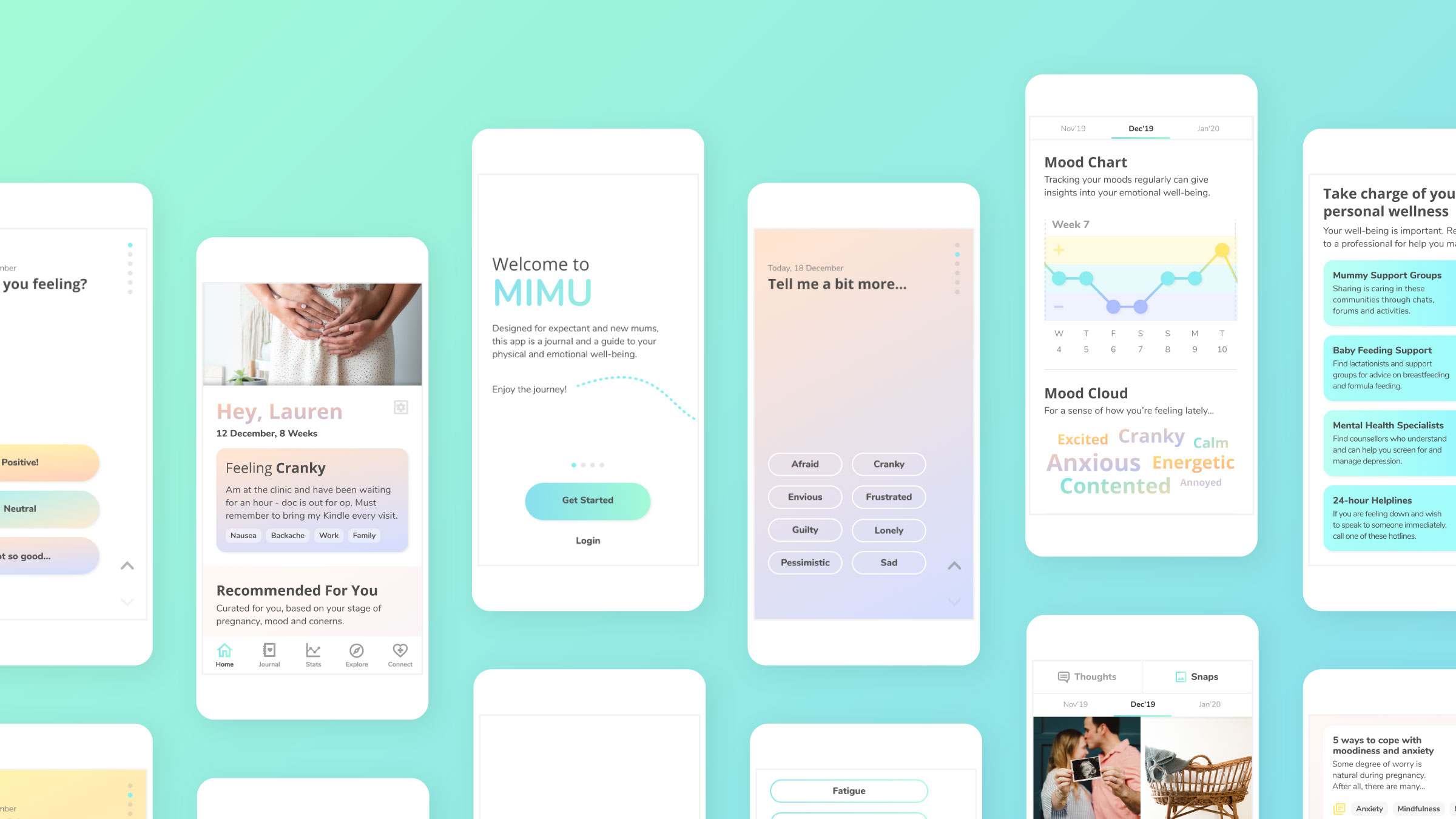
.png)
.png)
.png)
.png)
.png)
.png)
.png)
.png)
.png)
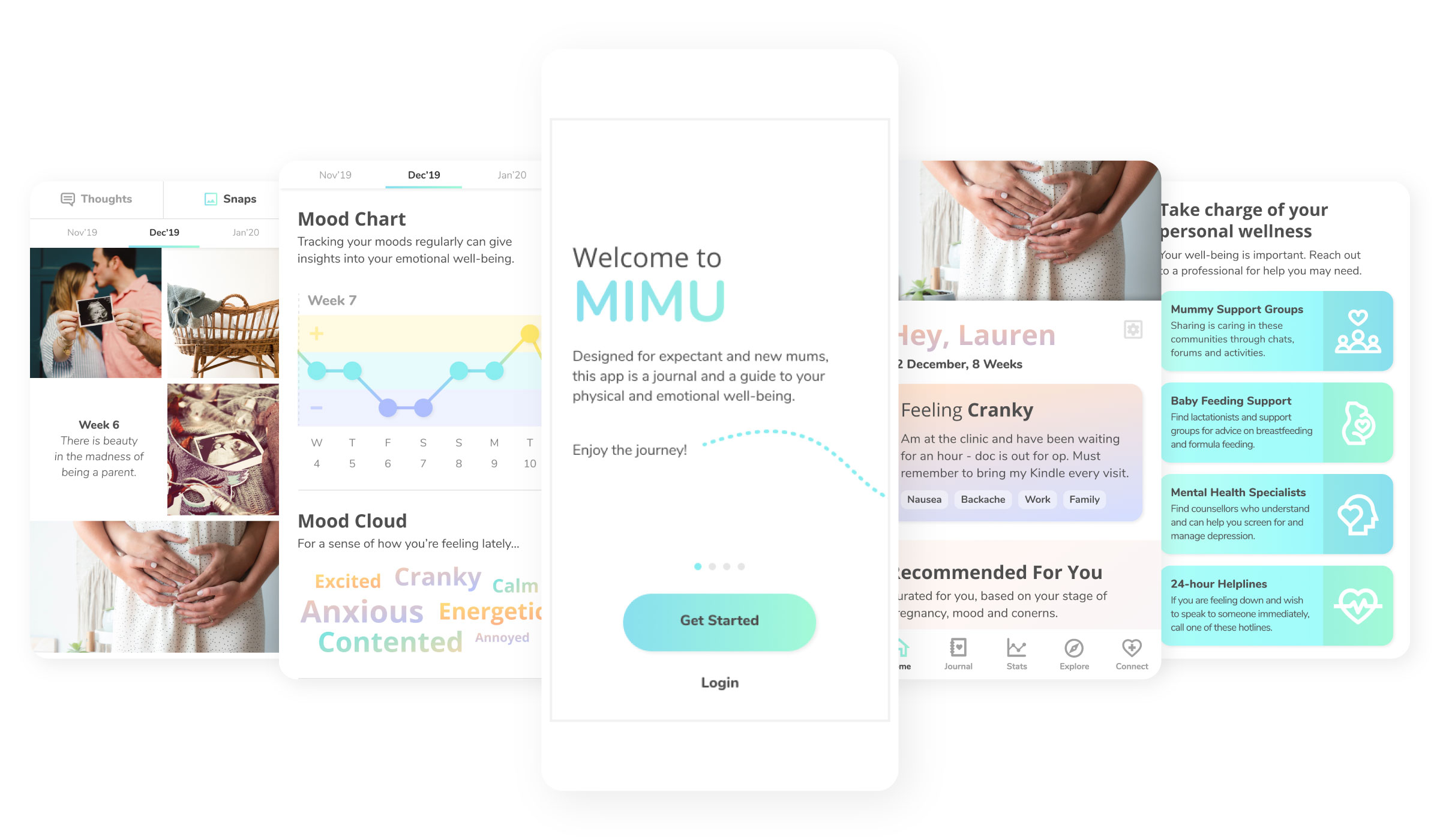
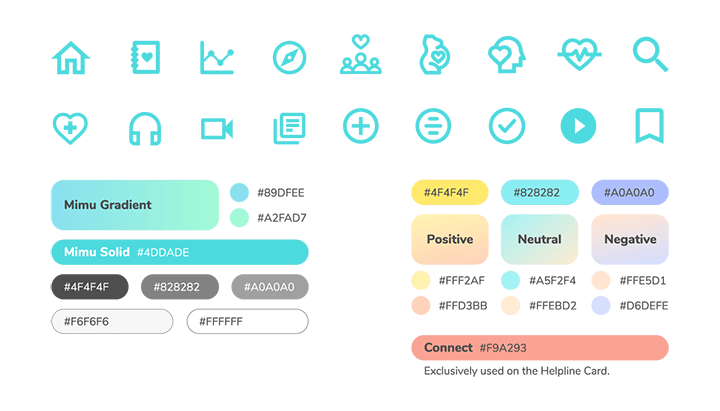
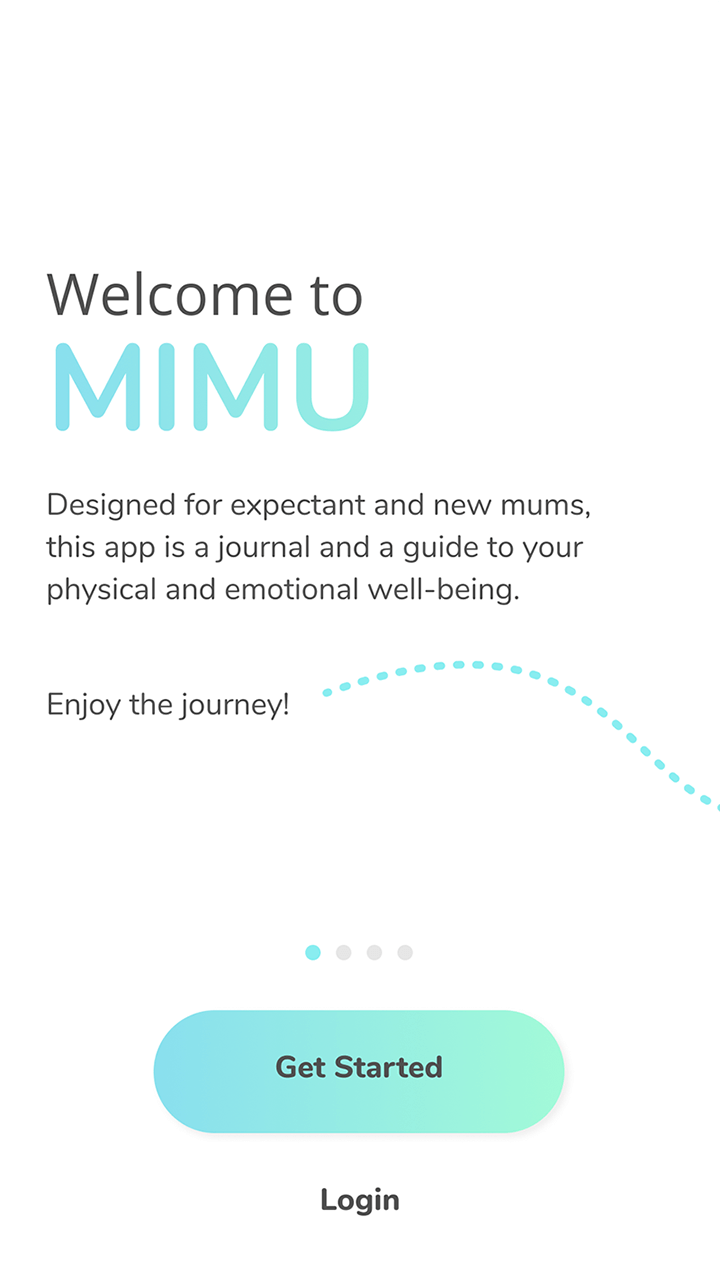
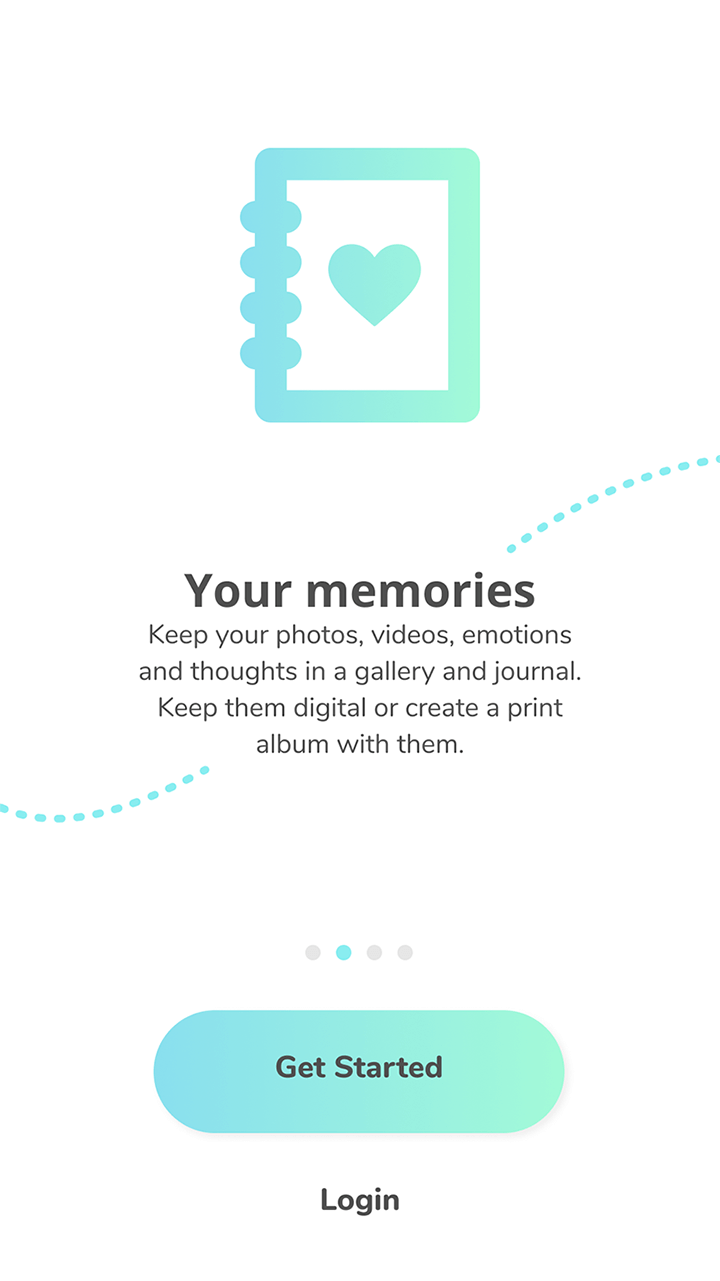
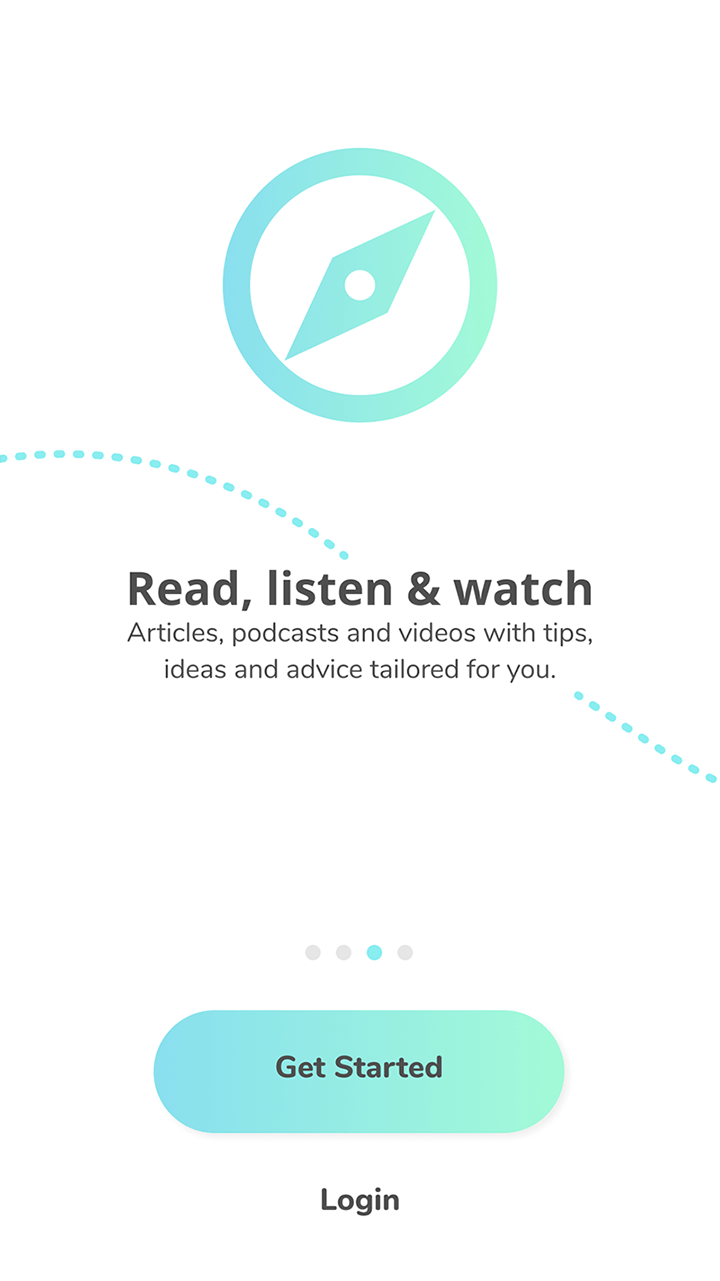
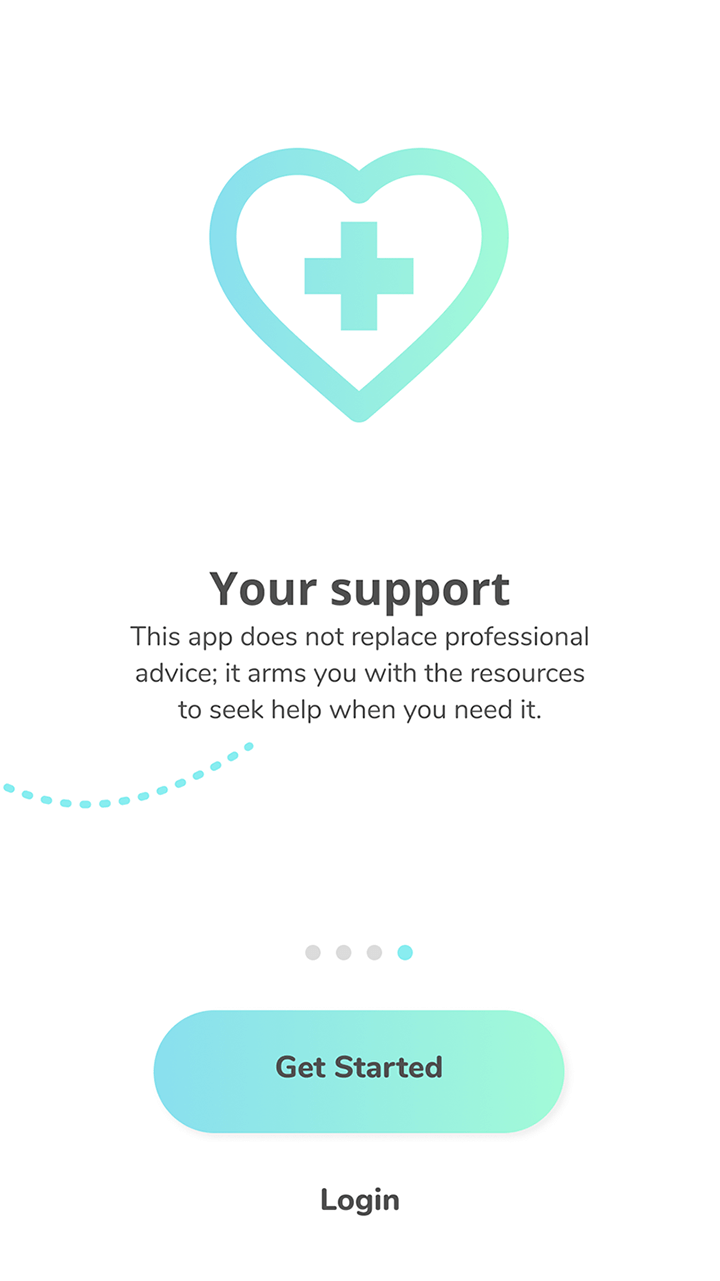

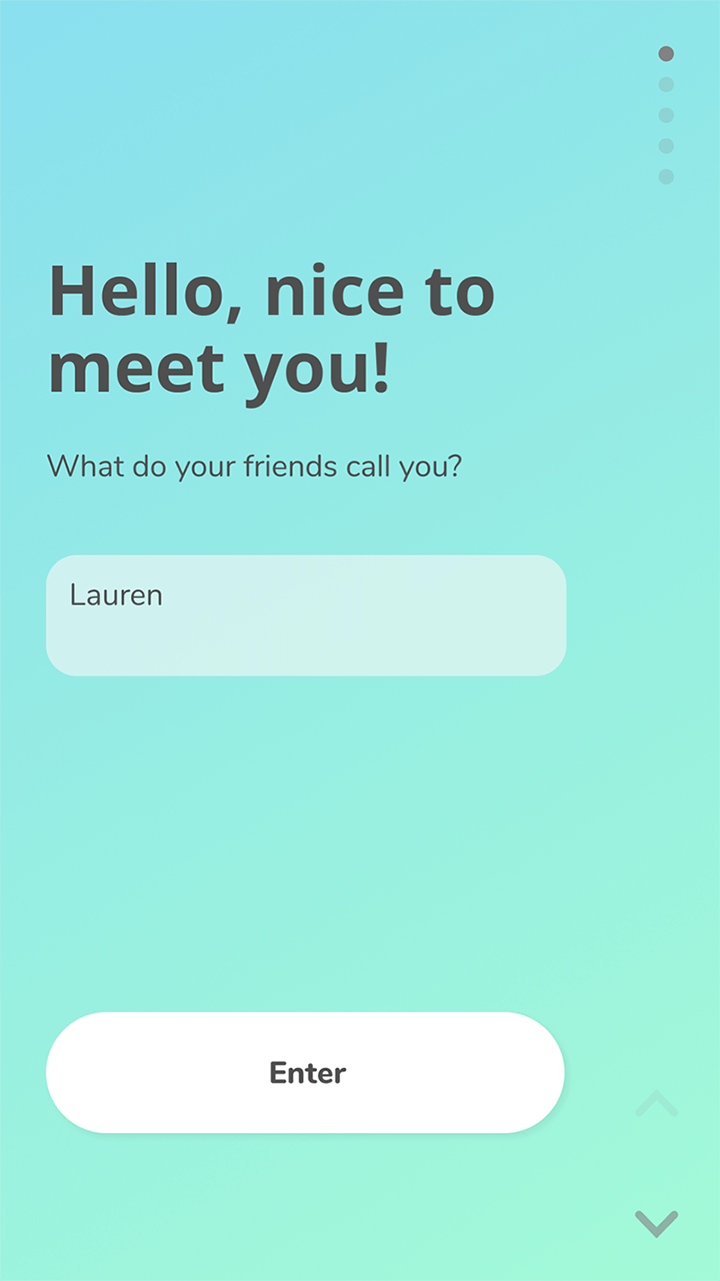

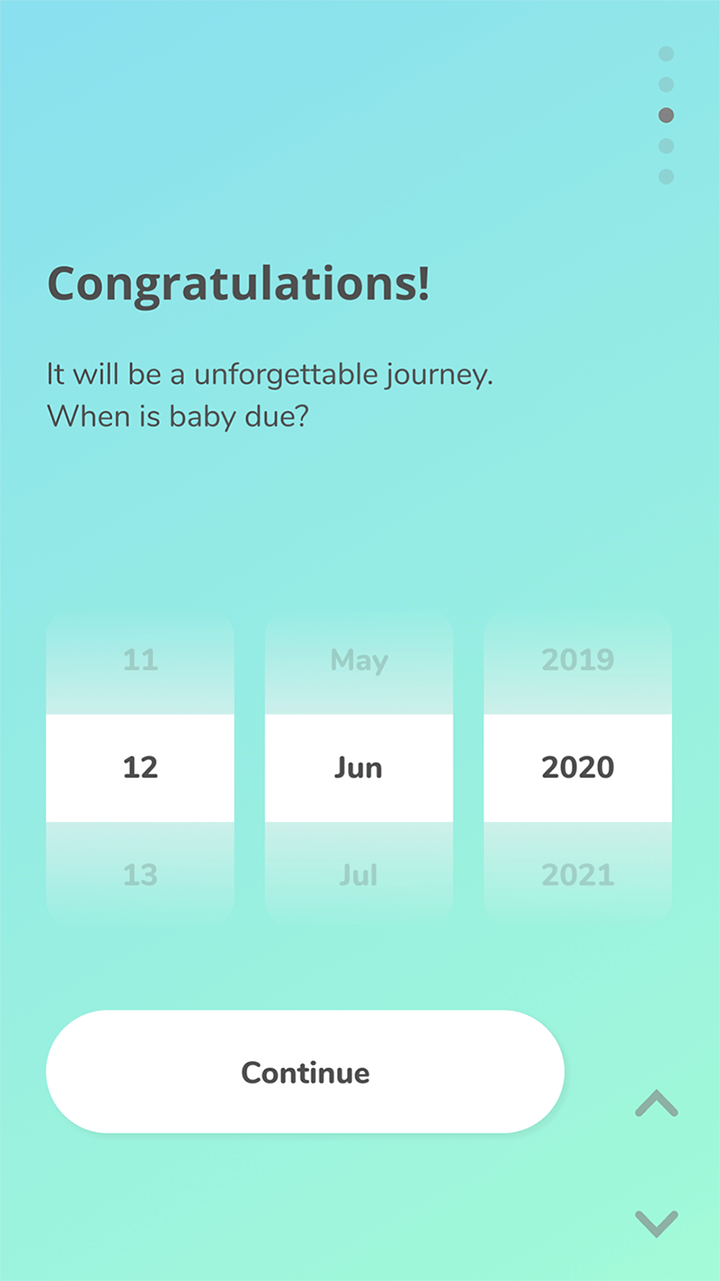
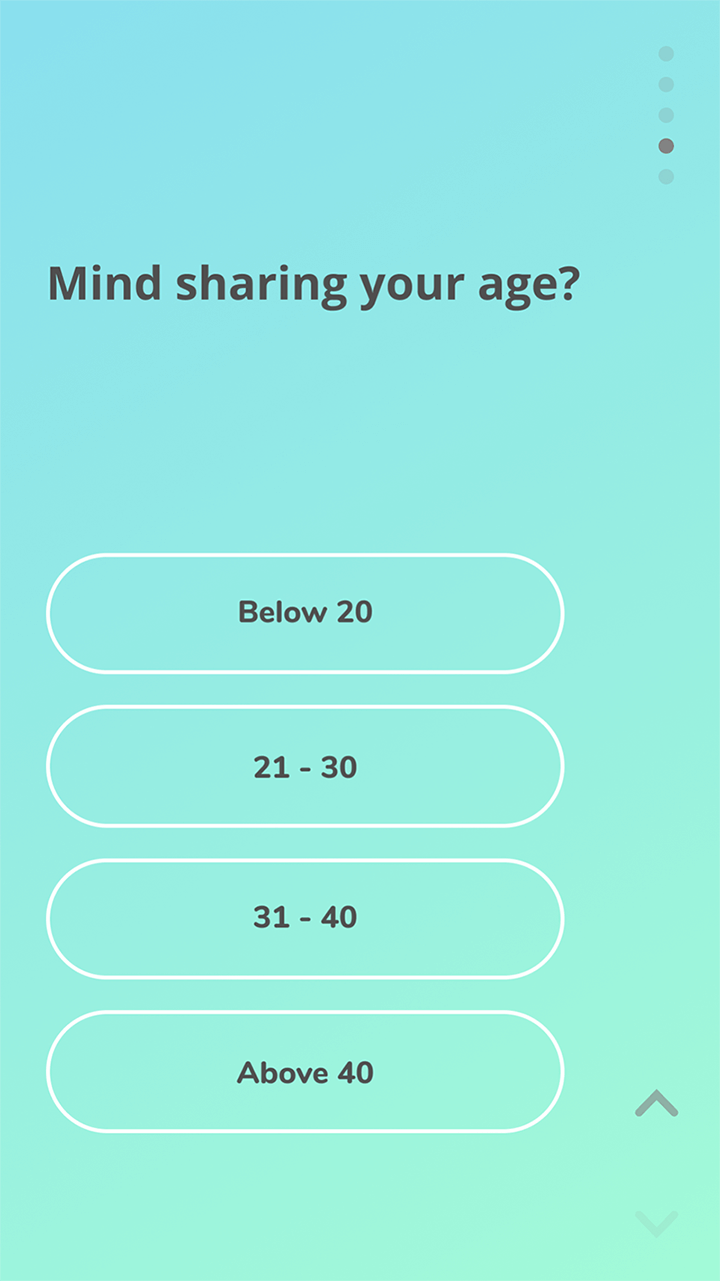
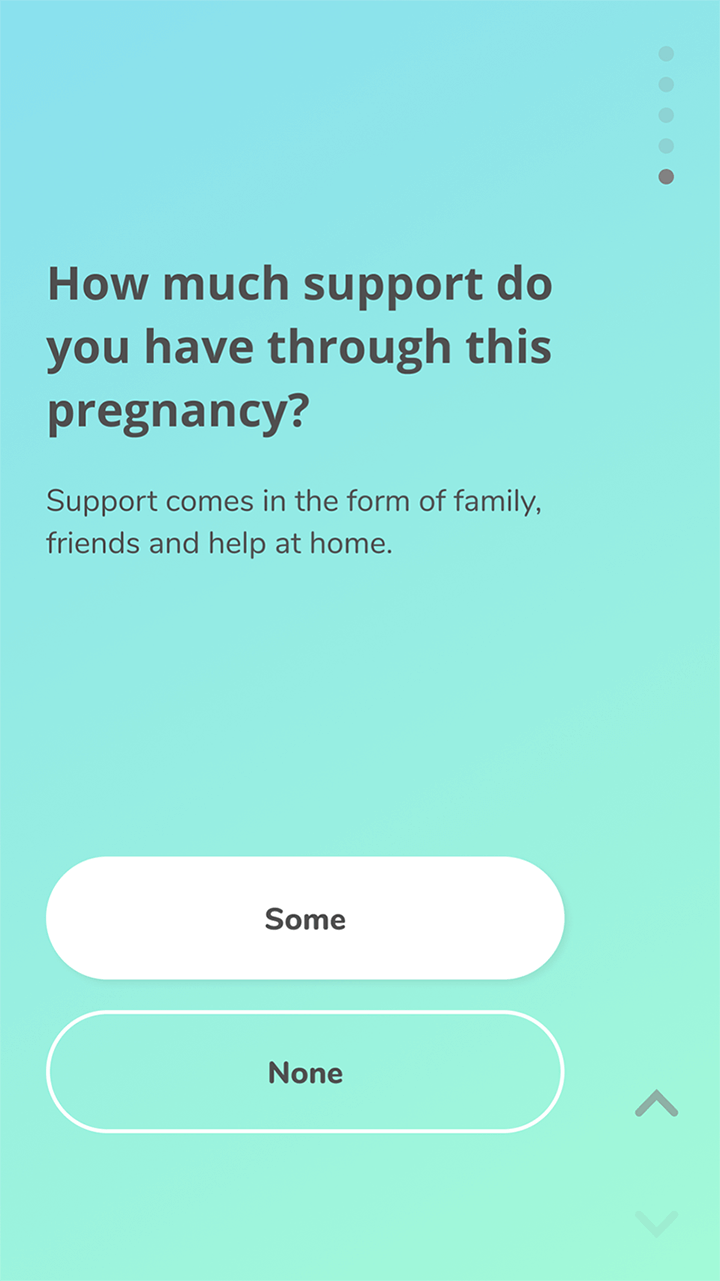
.png)
.png)
.png)
.png)
.png)
.png)

